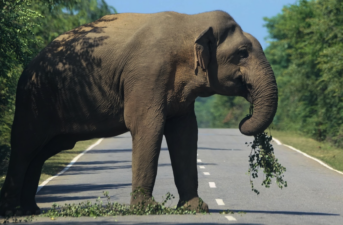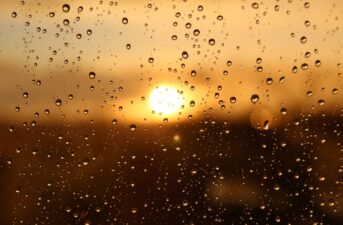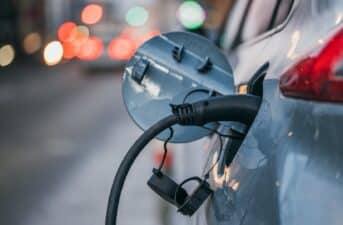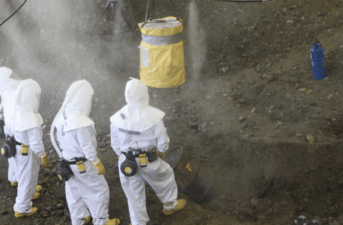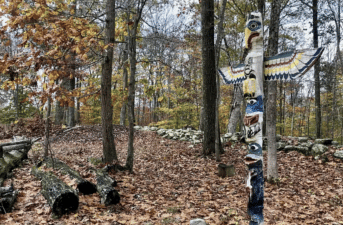
The Revelator
Home The Revelator
Experience
The Revelator, a news and ideas initiative of the Center for Biological Diversity, provides editorially independent reporting, analysis and stories at the intersection of politics, conservation, art, culture, endangered species, climate change, economics and the future of wild species, wild places and the planet.

 233k
233k  41k
41k  Subscribe
Subscribe 
